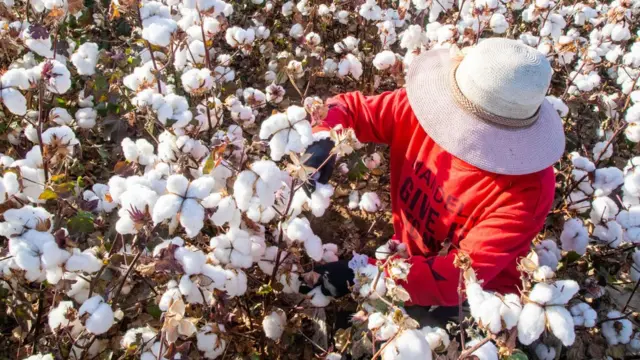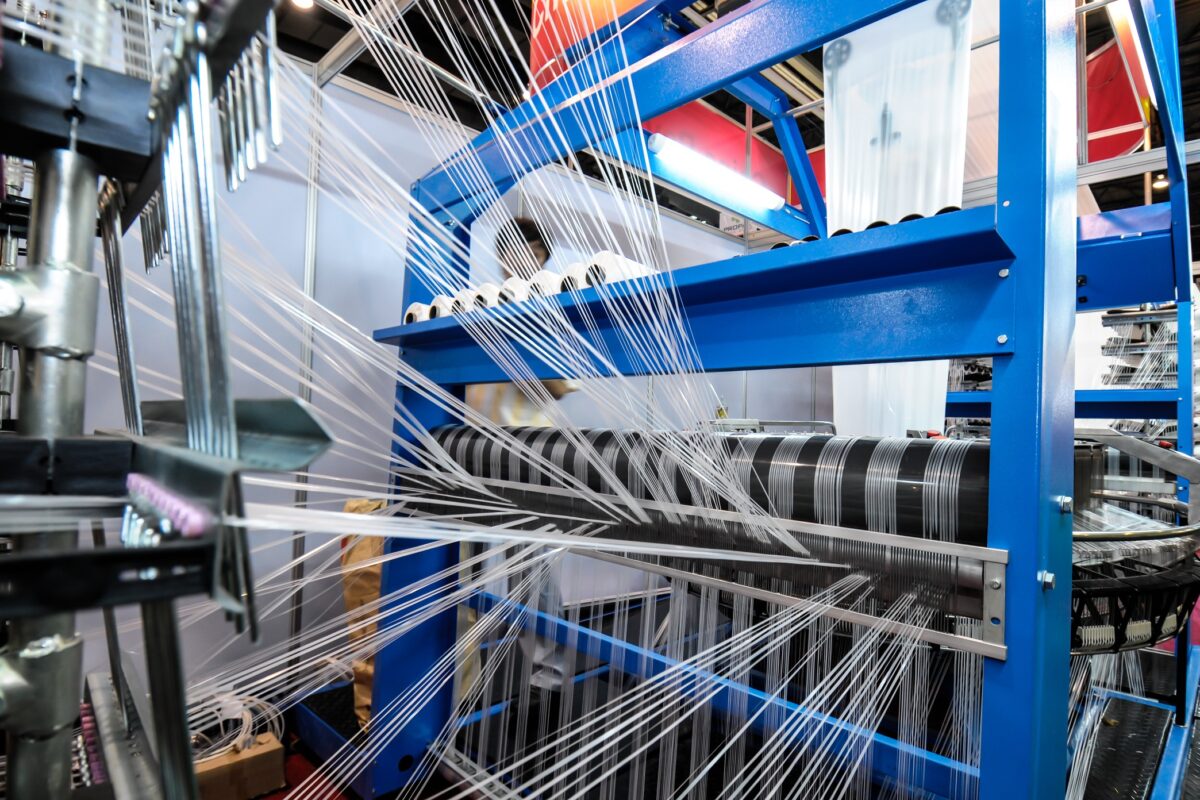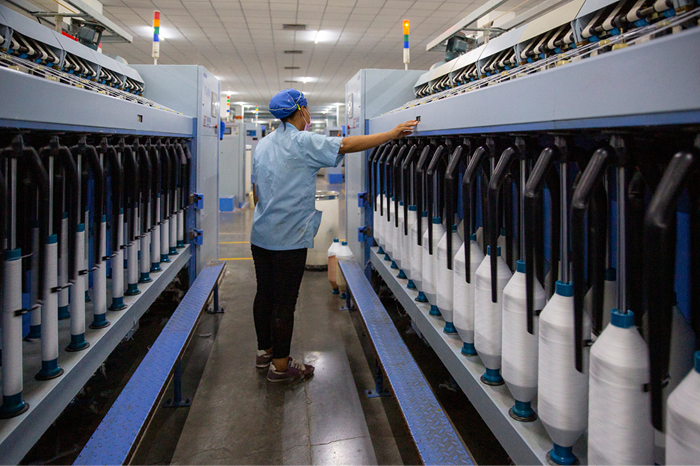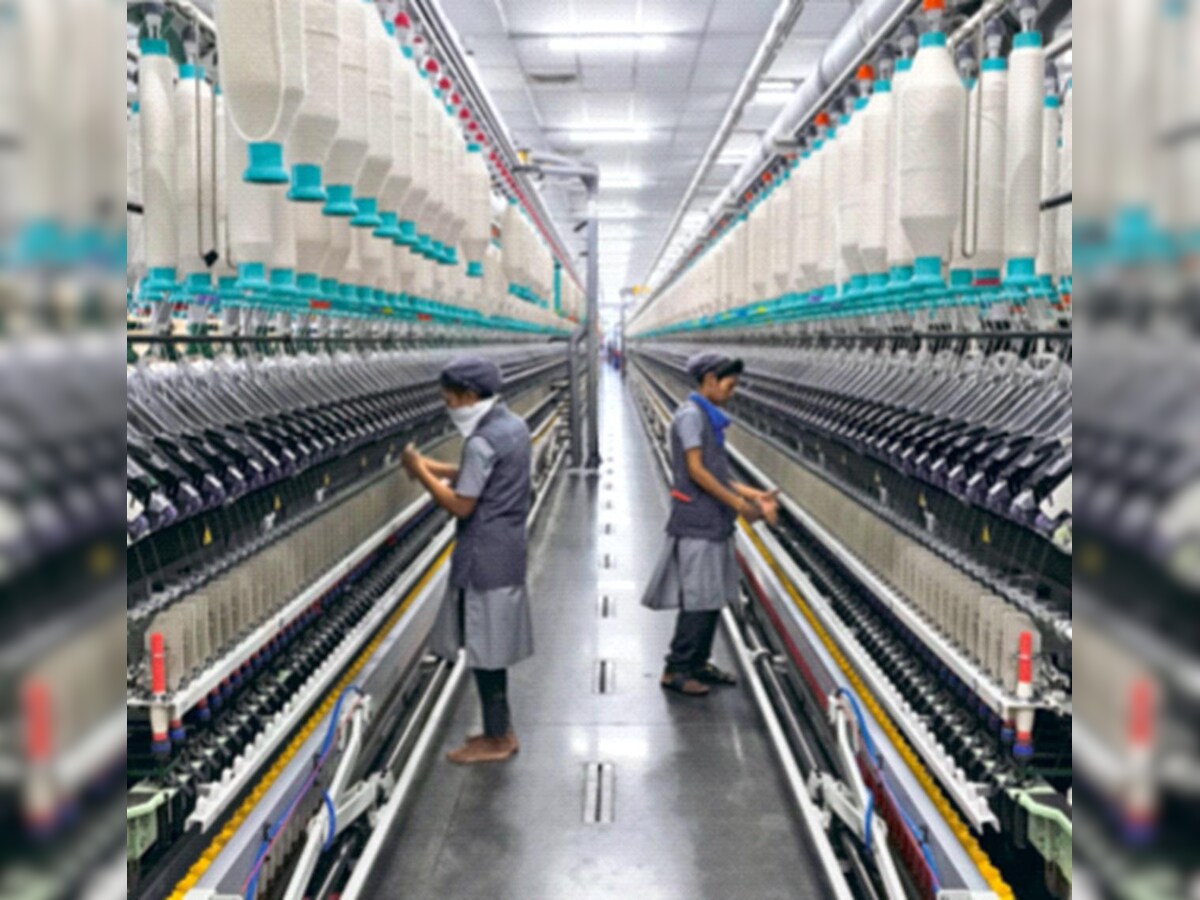
The Xinjiang Uygur Autonomous Region in China has long been a dominant force in the global cotton industry. Its unique combination of favorable climate conditions, vast arable land, and a skilled labor pool has enabled it to become the world's leading producer of cotton, accounting for approximately 20 per cent of global output. The region's significance to China's domestic cotton production is even more pronounced, with Xinjiang consistently contributing over 80 per cent of the nation's total cotton yield.
Cotton cultivation in Xinjiang dates back centuries, but the region's rise to prominence began in the late 20th century when the Chinese government implemented policies aimed at transforming Xinjiang into a cotton production hub. These efforts included investments in infrastructure, agricultural technology, and the expansion of cultivated land. As a result, Xinjiang's cotton output increased, contributing significantly to China's economic growth and its position as a major textile and apparel manufacturer.
Scrutiny and controversies
In recent years, Xinjiang's cotton industry has faced mounting scrutiny and challenges, particularly from the US and other Western nations. Allegations of forced labor practices within the region's cotton farms have led to import bans and sanctions on Xinjiang cotton products. These measures have disrupted supply chains and posed a significant threat to the livelihoods of millions of people in Xinjiang who depend on the cotton industry.
Despite these challenges, Xinjiang has demonstrated resilience and adaptability. The regional government has taken steps to address the allegations of forced labor, including increased transparency and monitoring of labor practices. Additionally, Xinjiang has intensified its focus on technological advancements and sustainable practices to enhance productivity and improve the quality of its cotton. For example, in 2023, Aksu Prefecture launched a pilot project to with AI-powered irrigation systems in cotton fields. The project involved the use of sensors to monitor soil moisture levels and weather conditions, which then informed an AI algorithm that controlled the irrigation system. The results of the pilot project were impressive, with a 15 per cent reduction in water consumption and a 10 per cent increase in cotton yield compared to traditional irrigation methods. This success has encouraged the wider adoption of AI-powered irrigation systems in Xinjiang.
Table: Xinjiang cotton production
|
Year |
Cotton production (mn tons) |
Share in China's total production (%) |
|
2020 |
5.2 |
87 |
|
2021 |
5.1 |
85 |
|
2022 |
5.3 |
88 |
|
2023 |
5.5 |
90 |
|
2024 |
5.68 |
92.2 |
Source: National Bureau of Statistics of China, Xinhua News Agency
Xinjiang has been at the forefront of adopting modern agricultural technologies to boost cotton production and efficiency. The region has achieved a remarkable level of mechanization in cotton farming, with nearly 100 per cent of cotton planting and over 90 per cent of harvesting now carried out by machines. This has not only increased productivity but also reduced labor requirements, mitigating concerns about labor exploitation. Also, Xinjiang has invested heavily in R&D to improve cotton varieties and cultivation techniques. The region has successfully developed high-quality, long-staple cotton varieties that are highly sought after in the global market. For example, Xinjiang Production and Construction Corps (XPCC), a state-owned enterprise that plays a crucial role in Xinjiang's cotton production has been actively involved in modernizing cotton farming practices and promoting sustainable agriculture in the region. It has also implemented measures to ensure fair labor practices and improve the livelihoods of its employees. The XPCC has been a pioneer in adopting AI-powered solutions in cotton farming. They have implemented a comprehensive AI platform that integrates data from various sources, including satellites, drones, and sensors, to optimize irrigation, fertilization, and pest control. This has led to significant improvements in resource use efficiency and cotton yield. These advancements have enabled Xinjiang to maintain its competitive edge despite the challenges it faces.
And despite facing controversies, Xinjiang cotton is used by many brands especially Chinese brands. Huafu Fashion, a leading Chinese textile manufacturer that sources a significant portion of its cotton from Xinjiang. Despite being added to the US Uyghur Forced Labor Prevention Act (UFLPA) entity list, Huafu Fashion has maintained operations and continues to export its products to various countries. The company has emphasized its commitment to ethical sourcing and transparency in its supply chain. Huafu has invested in advanced traceability systems, allowing them to track the origin of their cotton throughout the supply chain. This ensures that their products are free from any association with forced labor and meet the ethical standards of their global customers.
Therefore, Xinjiang's cotton industry remains a vital component of the global textile and apparel supply chain. While the region faces challenges related to allegations of forced labor and trade restrictions, it has shown resilience and a commitment to innovation. By embracing technological advancements, sustainable practices, and transparency, Xinjiang is striving to maintain its position as a cotton powerhouse while addressing the concerns of the international community.












